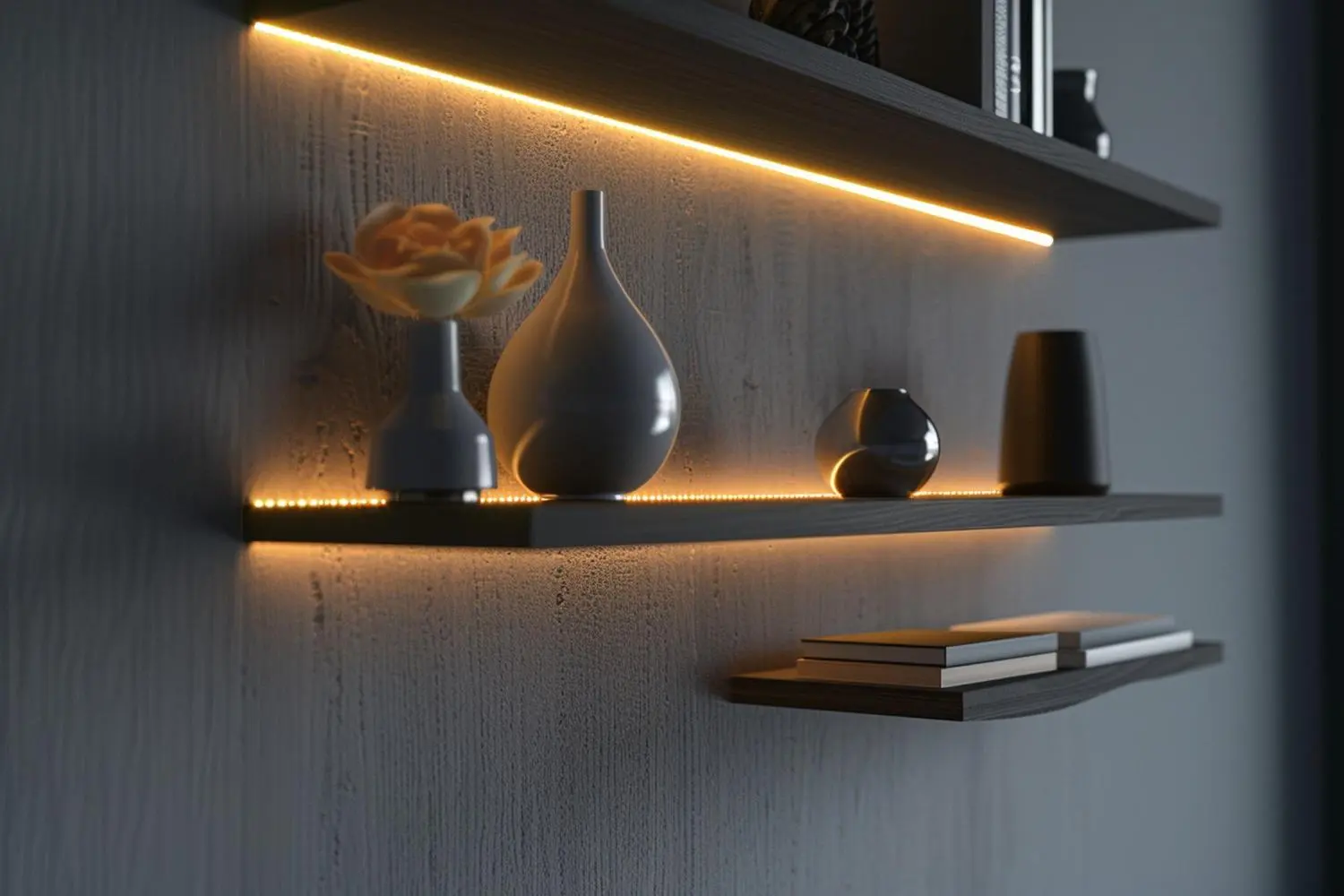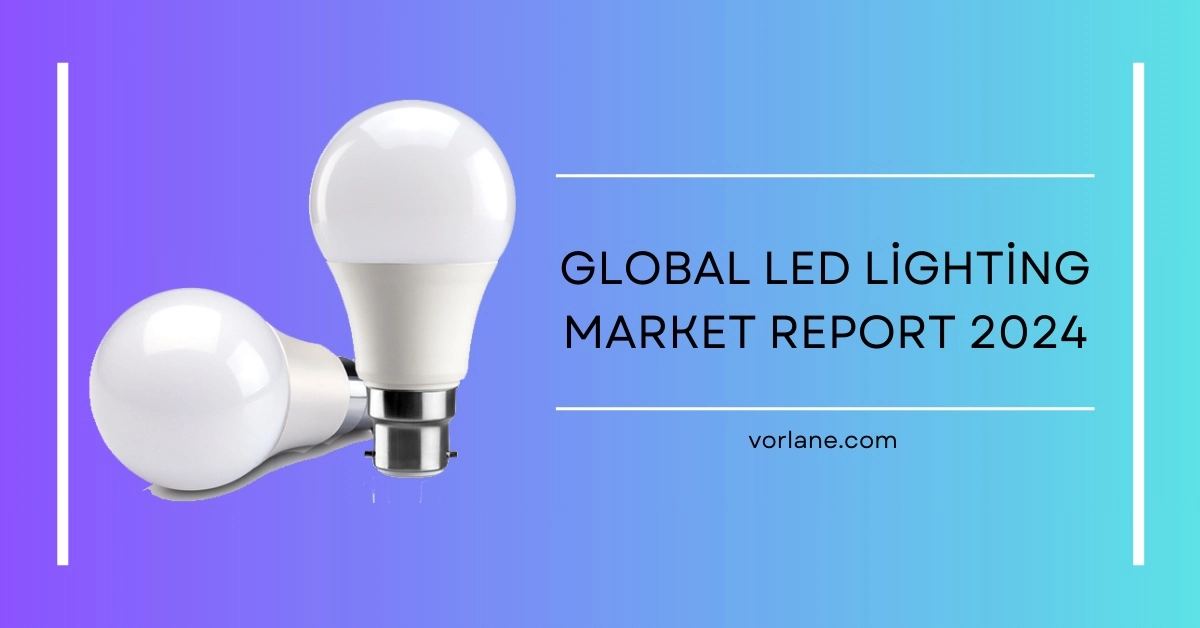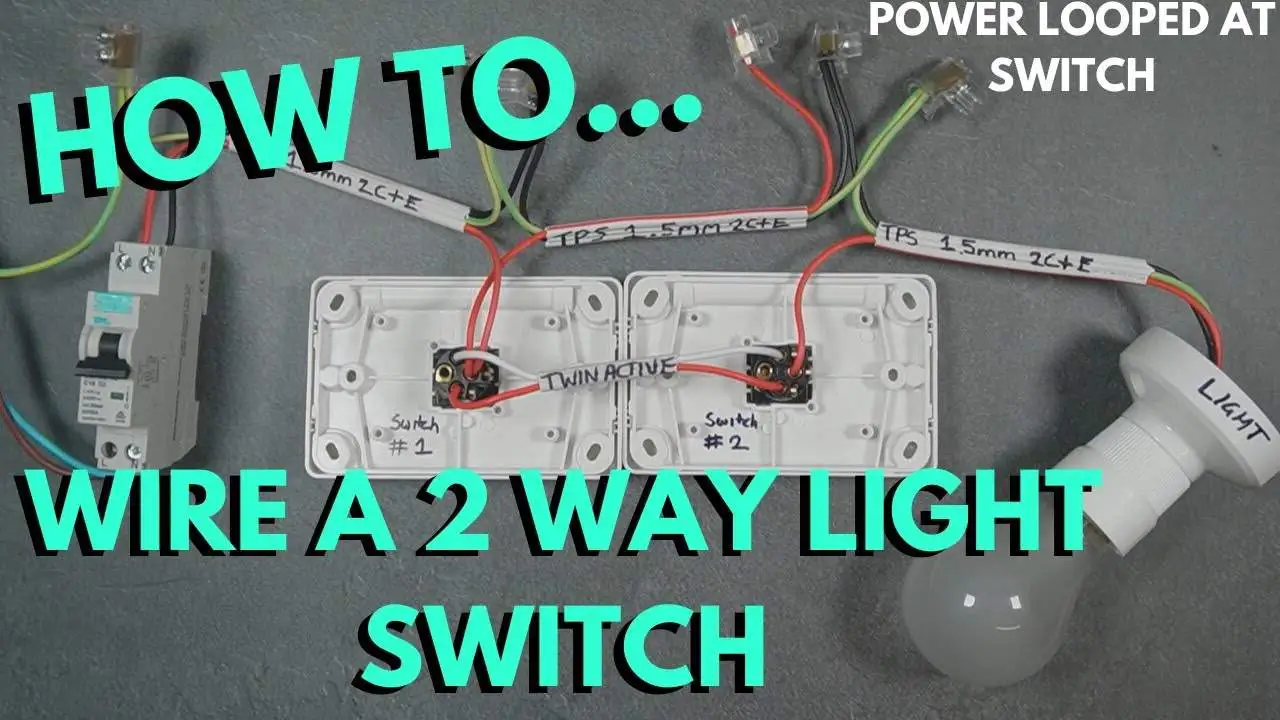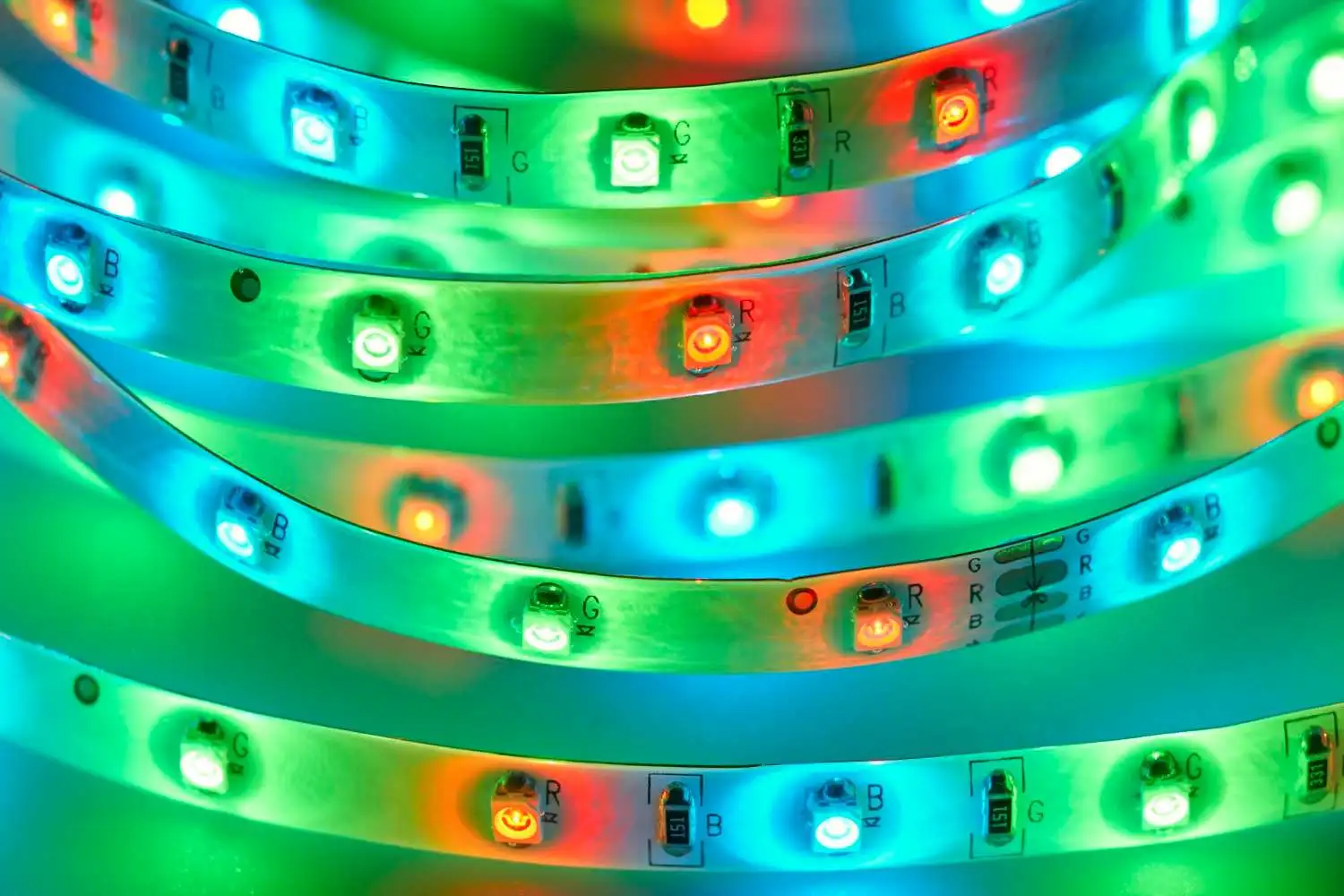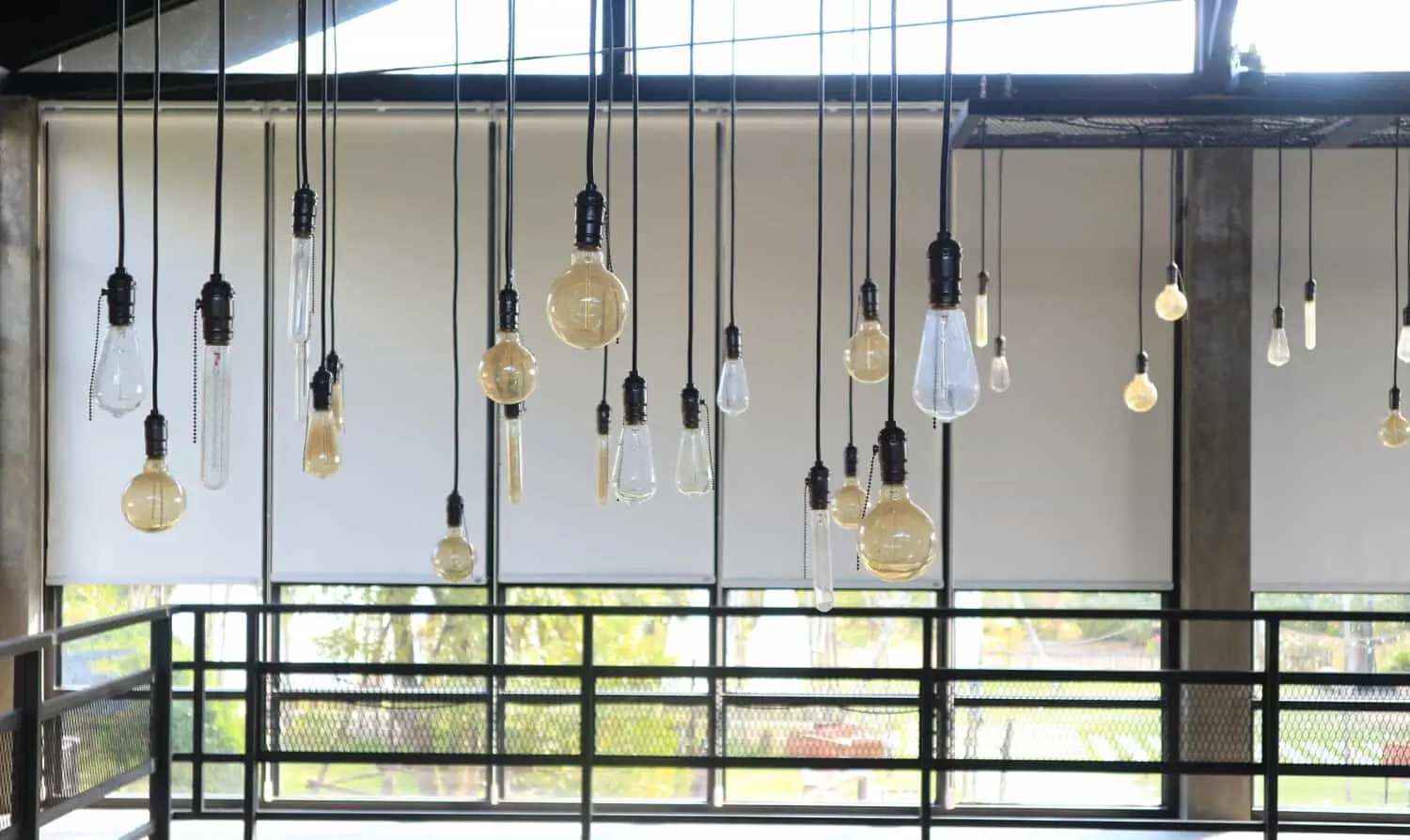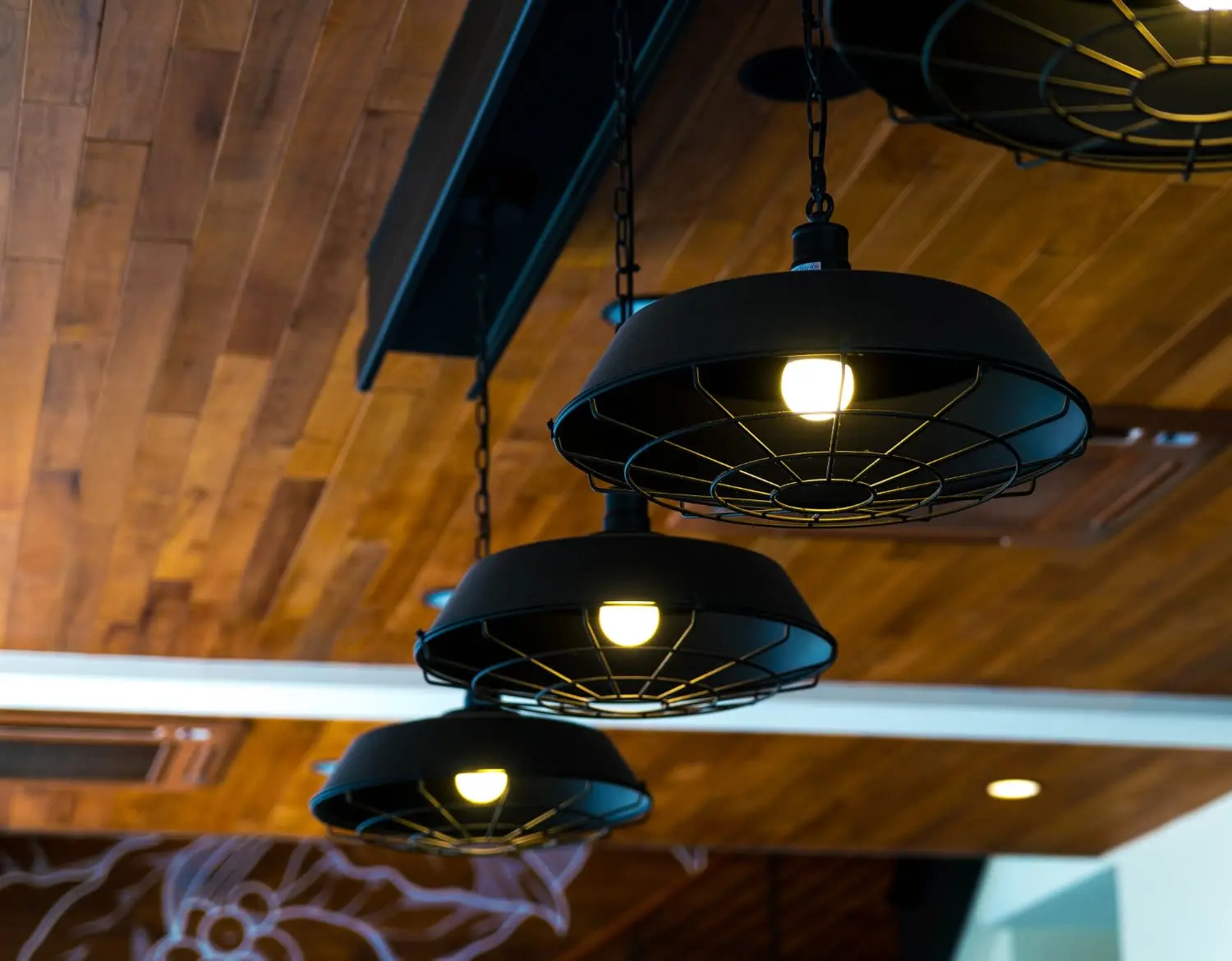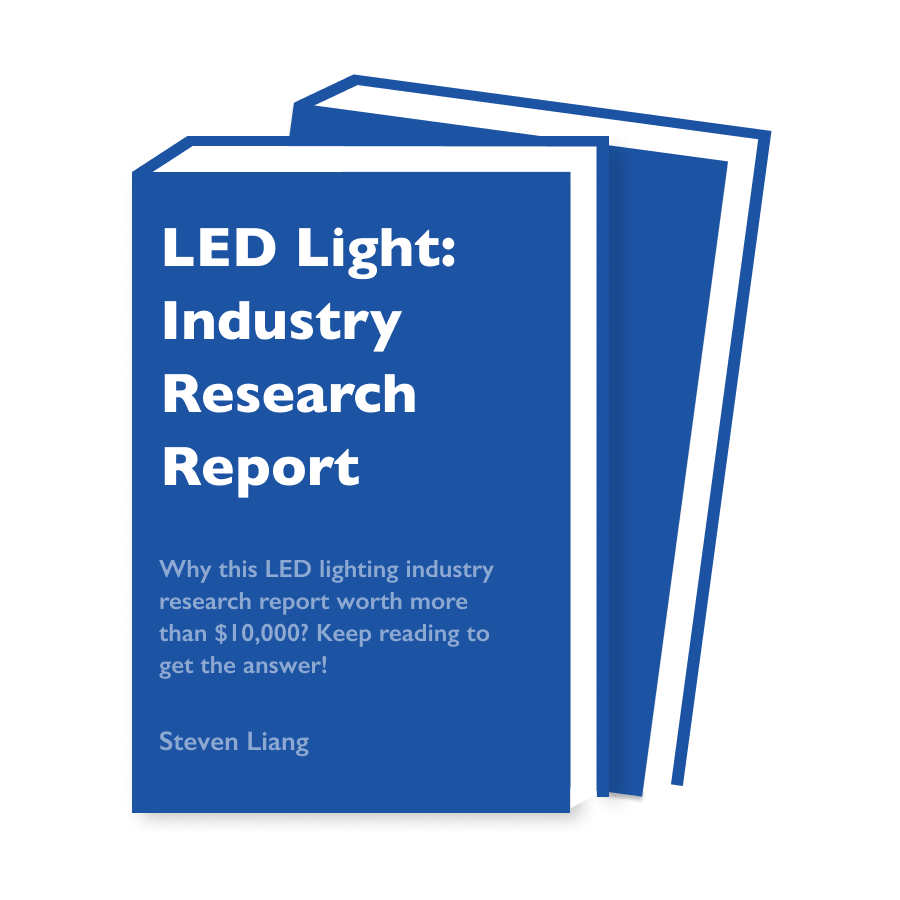It doesn’t matter whether you sell commercial or domestic lights; floodlights are typically in high demand all year. Floodlights are the type of lights, mostly used outdoors, that produce a high-intensity broad beam. Some of the common places where these lights are used are driveways, parking lots, playing fields, patios, etc. However, their applications are not limited to lighting purposes. There are some lights used for aesthetic purposes in backyards and porches.
LED floodlights are the most prevalent nowadays, and you can find the best LED floodlight manufacturer for your floodlight supply. However, there are other kinds of floodlights as well. In this article, you will learn about them in more detail.
LED floodlights
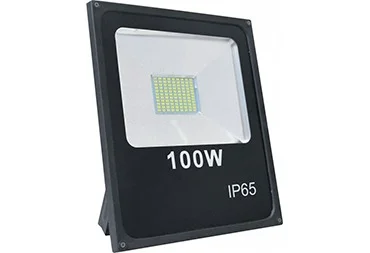
What is an LED floodlight?
Floodlights use LEDs to illuminate a large area wide-angle or flood the area with light. These LED lights are becoming increasingly popular due to their efficiency and variety of shapes and purposes. It ranges from PAR-style LED light bulbs to parking lot floodlights and wall-mounted lights.
Pros and cons
Pros
Cost in the long run:
The advantage of LED floodlights is that they are cheaper in the long run than conventional floodlights. Families and companies will get a lot of light for the price they pay for these lamps. The lifespan of LED lamps is also very long, 50,000+ hours. LED floodlights will require fewer replacement bulbs and less maintenance, so the long-term costs are lower than traditional lighting.
Energy savings:
LED floodlights are energy efficient, which makes them a great choice. The energy consumption of floodlights is about 70-80% of that of regular floodlights.
Look:
Furthermore, LED floodlights have an elegant and simple look that lights up a specific area for whatever purpose.
Ease:
For someone who has never used these lights before, they are very simple to use. They are low maintenance and need no special training.
Safety:
Mercury and lead are not used in manufacturing these lights, so they are significantly safer than other lights. In addition, LED luminaires (the scientific term for light fixtures) are more environmentally friendly than HID bulbs (metal halide, high-pressure sodium, etc.).
Cons
- The initial cost of these floodlights is higher than that of halogen floodlights. Although they use less electricity and last longer, users may save money with them in the long run.
- Floodlights that use LEDs are expensive and challenging to construct. Large heatsinks are required to absorb heat emissions. Therefore, halogen floodlights can be made asymmetrically or stacked.
Halogen floodlights
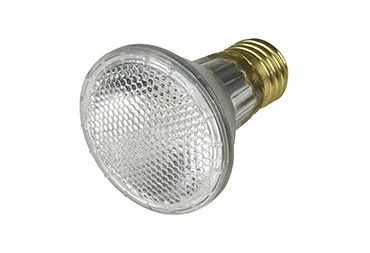
What are halogen floodlights?
Until LEDs appeared and realized their tremendous plan to take over the world, halogen bulbs were the bestselling type of light bulb for outdoor floodlights. Halogen bulbs offer few advantages over incandescent bulbs and an upgraded version of incandescent ones. Halogen bulbs are pretty much like regular incandescent bulbs.
Pros and cons
Pros
- Halogen floodlights are instantly switched on. For this reason, they can be used with motion sensors.
- Usually, they deliver excellent color rendering and bright lighting. They can thus produce light so strong that it can be compared to sunlight on a sunny day.
- A halogen floodlight is less expensive than an LED floodlight.
- Their general structure is more compact. Multi-light fixtures can thus easily accommodate them.
Cons
- Halogen floodlights generate a lot of heat. When a halogen floodlight has been operating for a considerable period of time, it is nearly impossible to touch it.
- Their life span is shorter than that of LED floodlights.
- Compared to LED-based floodlights, halogen floodlights are less energy-efficient and environmentally friendly.
Fluorescent floodlights
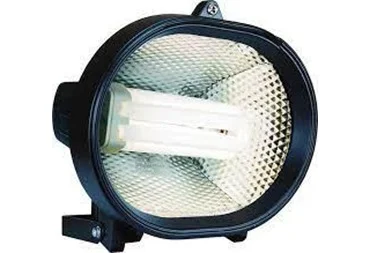
What are Fluorescent floodlights?
People are likely to encounter fluorescent lighting at the office, school, or grocery store. Compared to incandescent light bulbs and halogen bulbs, they are known for their high energy efficiency.
Pros and cons
Pros
Energy Efficiency
Traditional lighting options produce a lot of heat, whereas fluorescent floodlights outdoors do not. Compared to an incandescent bulb, they produce about 75% less heat since they do not use resistance to produce light. Additionally, that makes it easier to maintain a cooler temperature in their room.
Long Lamp Life
Fluorescent floodlights also have a long life, another big selling point. An incandescent bulb is generally good for 800 to 1,500 hours. Fluorescent lamps, however, last much longer than that. It is common for fluorescent bulbs to last for about 10,000 hours, but some are rated to last even longer.
Cons
Fluorescent Bulbs Contain Mercury
A fluorescent light’s main con is the fact that there is a tiny amount of mercury liquid inside of it, which turns into a mercury vapor when it is turned on. This form of mercury is necessary to make light when the lamp is turned on.
Higher Initial Cost
Fluorescent lamps are also more expensive than conventional lighting options at the beginning of their lifespan. Their price can sometimes be three times higher than other options. Fluorescent lamps can be used in a new building or retrofitted into an existing one, depending on the budget.
Non-dimmable
CFLs and fluorescent lamps are not all dimmable. Users should make sure the package or manufacturer specifies the dimmability of the lamp. It is possible to prematurely burn out non-dimmable CFLs if used with a dimmer.
Incandescent floodlights
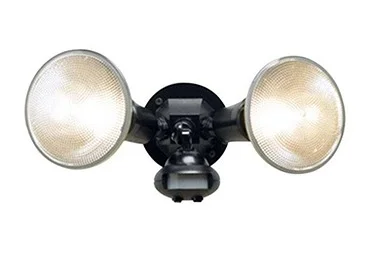
What are incandescent floodlights?
Incandescent light bulbs and floodlights are sources of electric light that work through incandescence, which occurs when the filament is heated. These products are available in an extensive range of sizes, powers, and voltages. Incandescent bulbs contain a tungsten filament inside a glass enclosure. An electric current flows during the filament’s heating process to produce light.
Bulb bases of incandescent light bulbs commonly include a stem or glass mount attached to the envelope, preventing air or gas from leaking into the bulb. The filament or the lead wire is supported by small wires embedded in the stem. It consists of either a vacuum or an inert gas that preserves and protects the filament from evaporation.
Pros and Cons
Advantages
- Rheostats make dimming easier.
- Easy to install.
- Compared to fluorescent and tungsten-halogen lamps, it produces warmer colors.
- Low initial costs make it less expensive.
- It is available in different shapes and sizes.
- The light output is relatively high.
- Users can dim or control the light.
- It can be turned on immediately.
Disadvantages
- It is inefficient in terms of energy use.
- Due to its fragility, it must be handled with extreme care.
- As it is a warm light source, the room must be cooled with air conditioning.
- Lamp life is typically about 1000 hours.
- Operating costs are higher.
- Lumens per watt are low. The average incandescent bulb produces 5 to 20 lumens per watt.
Sodium floodlights
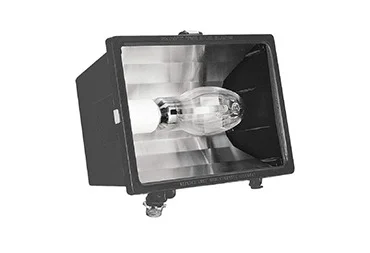
What are sodium floodlights?
Philips produced the first sodium lamps commercially in Holland in 1932. Sodium flood lights come in two forms: Low Pressure (LPS) and High Pressure (HPS). Street and industrial lighting are primarily achieved with these lamps.
Vaporized sodium metal creates a strong electric arc in the lamp. In addition to these materials and gases, others are employed to help the lamp ignite or control its color.
Pros and cons
Pros
- A longer life expectancy.
- It can be easily disposed of.
- The products can be used in a variety of ways.
- Low operating temperature.
- There is always a warm color temperature in it.
- Energy-efficient.
- Suitable for foggy and rainy conditions.
- There is not much heat.
- It has high efficiency.
- Cool source.
- Grades range from low to high.
Cons
- Intensity of color
- Ballast is required
- Controlling glare needs control elements.
- It does not apply to color identification.
- Contact with air can cause the sodium element to catch fire.
- There’s a need for an extra transformer
- There is a low power factor.
- Yellow is not a suitable color for indoor lighting.
- Long tubes are needed for sufficient light output.
- It takes 5 to 10 minutes for the entire output to be generated.
Metal Halide Flood Lights
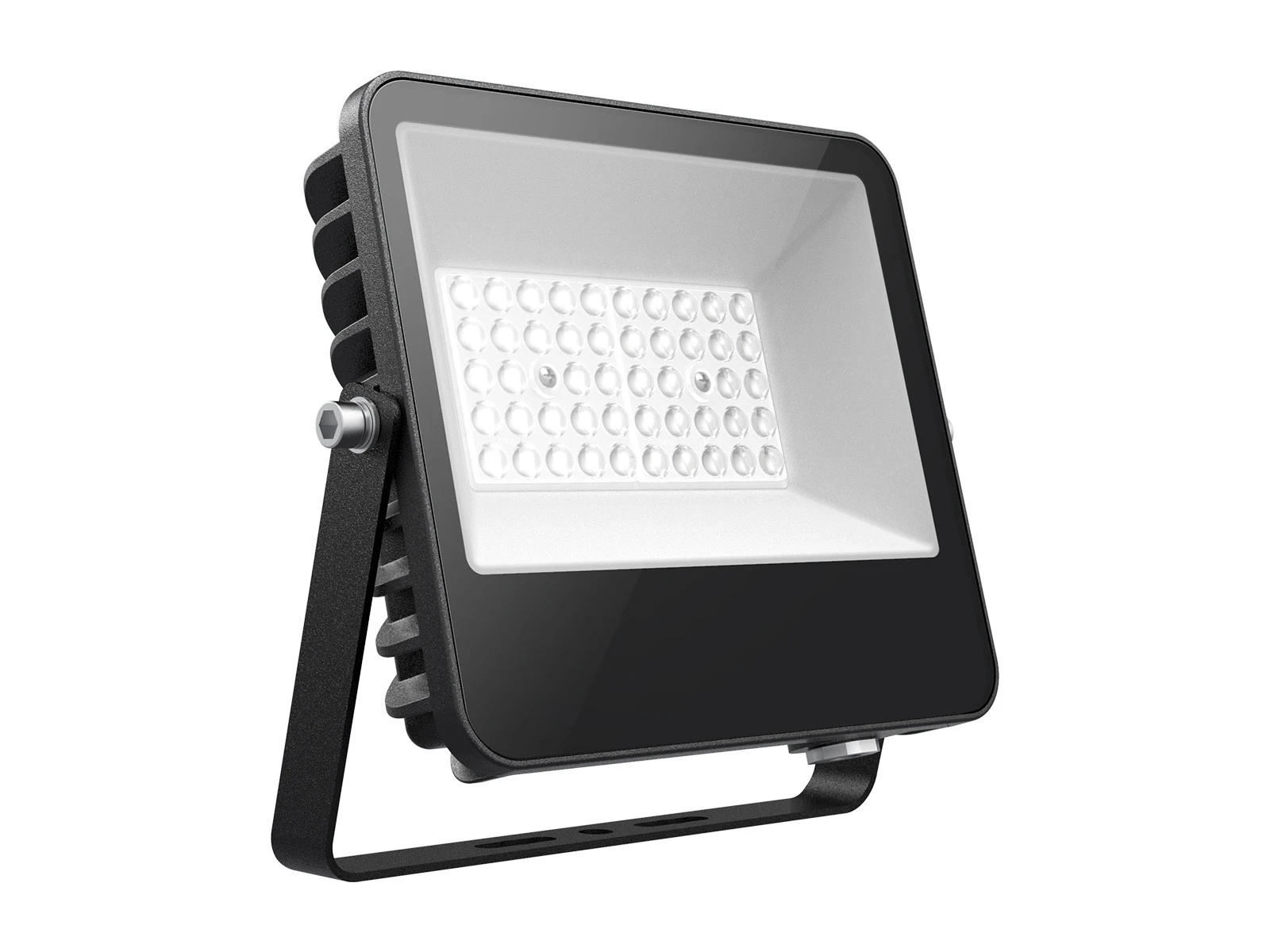
What are Metal Halide Flood Lights?
Metal halide flood lights harness an electric arc through a mixture of gases and metal halides to produce intense, bright white light. Characterized by their high luminous efficacy and excellent color rendering, these lights closely mimic natural daylight, making them ideal for a variety of applications.
Pros and cons
Pros
- High Luminous Efficacy: Efficiently produces a large amount of light, illuminating vast areas with fewer fixtures.
- Excellent Color Rendering: Offers superior color accuracy, making colors appear more vibrant and true-to-life, essential for places where visual clarity is critical.
- Versatile Applications: From illuminating sports stadiums to enhancing security in parking lots, their powerful light output suits a wide range of outdoor settings.
Cons
- Warm-up Period: Requires time to reach full brightness, which can be a drawback in situations needing instant illumination.
- Energy Efficiency: While more efficient than incandescent bulbs, they lag behind LEDs in terms of energy consumption and operational costs.
- Lifespan: Generally, metal halide bulbs have a shorter lifespan compared to LED alternatives, necessitating more frequent replacements.
Metal halide flood lights, with their daylight-like quality and broad coverage, remain a popular choice for large-scale lighting needs. However, considerations around energy efficiency, operational costs, and maintenance requirements prompt users to weigh their benefits against modern alternatives like LEDs.
The best flood light: LED floodlights
LED lights are generally the most energy-efficient home lighting option available. Quality LEDs use the least energy while producing the most light.
These features make them more suitable for outdoor flood lights than CFLs and halogens. LED bulbs are incomparably more durable, have a longer lifespan, are more energy-efficient, and are more environmentally friendly than their alternatives.
If we talk about LED floodlights vs halogen floodlights, Unlike halogen ones, LED floodlights feature metal heat sinks that instantly dissipate heat to keep running temperatures low. As a result, LED chips in the lamp last longer.
In a comparison between LED flood lights and incandescent, LEDs will surely be the winner due to their low costs and higher efficiency.
Why LED is the best for floodlighting?
Brighter light
A LED light consumes far fewer watts than a halogen light, which means it uses more energy. Yet that doesn’t mean they have less brightness. In comparison to halogen, LEDs provide a better level of brightness. Due to the high lumen count of LED lights, their brightness never suffers.
Energy-efficient and environment-friendly
LEDs do not produce UV rays, and neither does the energy get wasted in producing it. They produce more brightness in less wattage, hence reducing the energy requirements.
Cost-effective
LED floodlights are the most cost-effective solution as compared to other types. Though they are expensive initially, they actually help consumers save money on electricity bills. It is important to buy from a trusted LED flood light supplier to ensure maximum durability.
Conclusion
We hope you are now aware of different types of flood lights. Business owners often face difficulties choosing the best floodlights that will benefit them; therefore, it is essential to know about your customers’ demands. LED floodlights are in the most demand nowadays because of their various advantages, while halogen and others are still required in some places. Nevertheless, LED technology has made great strides and is a worthy replacement for older lighting technology.
If you want to buy LED floodlights for your floodlight store, you can contact Vorlane, one of the best floodlight suppliers from China that ships all over the world.

